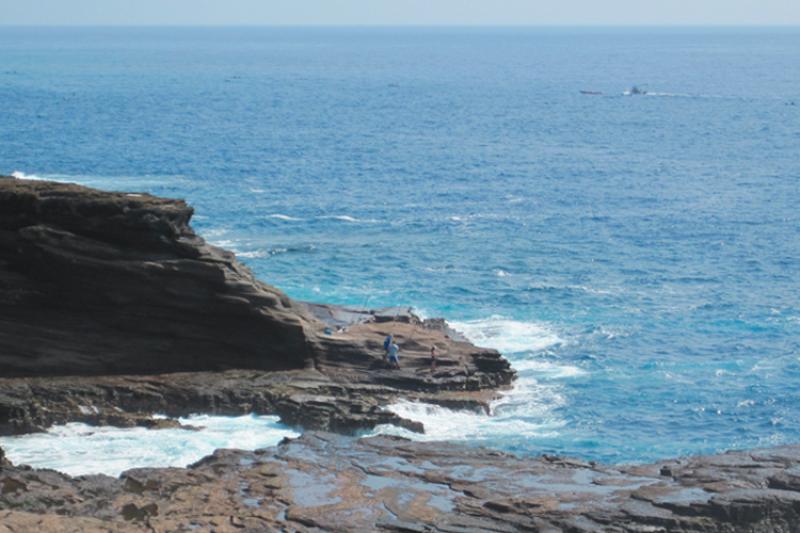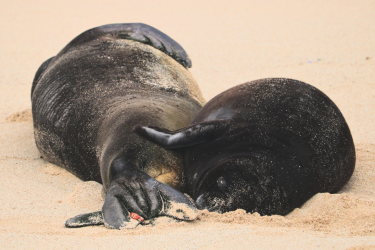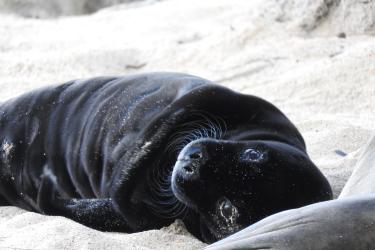In May 2019, NOAA Fisheries hosted a workshop to design a new data collection program for the Hawaii Marine Recreational Fishing Survey. Participants included state, regional, and federal scientists, managers, and survey statisticians, as well as independent statistical consultants.
The Marine Recreational Information Program (MRIP) conducted a formal review of the survey in 2012. The review suggested that survey design improvements should focus on the private boat and shore fishing modes. Hawaii's commercial fishing reporting system already collects information about charter boat catch as well as effort (the number of fishing trips).
Shore Fishing
The shoreside in-person catch survey is administered by Hawaii’s Division of Aquatic Resources and used to estimate the number of fish caught per angler trip. It is not certified by MRIP. Several pilot projects, funded by MRIP, have been conducted to design and test alternative on-site catch surveys for shore fishing in Hawaii. The May 2019 workshop provided an opportunity to evaluate the strengths and limitations of surveys tested in the pilot studies.
Participants suggested that Hawaii pursue survey design certification of a roving shoreline catch survey. They also discussed adapting MRIP’s mail Fishing Effort Survey. They suggested considering different units of effort, e.g., angler day, angler trip, gear hour—to estimate the fishing effort of shore-based anglers. The Fishing Effort Survey has been certified by MRIP and is currently administered in Hawaii.
Participants noted that the current shoreside surveys do not gather information on invertebrate catch. The estimated non-commercial catch of octopus, opihi (limpet), kona crab, and other invertebrates is of interest to Hawaii’s fisheries management and for stock assessments. Participants suggested that invertebrate catch could be included in the shoreside survey since finfish and invertebrates can be caught on the same fishing trips.
Private Boat Fishing
Workshop participants recommended that Hawaii adapt the Fishing Effort Survey to estimate the number of angler trips on private boats. For example, it could be modified to include questions about trips targeting invertebrates. They also recommended using the MRIP-certified in-person Access Point Angler Intercept Survey, with potential modifications, to estimate the number of fish caught per angler trip.
Certifying Survey Designs
A survey design can be certified as statistically valid if its methods are reviewed, evaluated, and endorsed by an independent peer review. We work with our partners to ensure the smooth transition between old and new survey designs.
Developing a transition plan is a critical step if data from a certified survey are to be used in federal fisheries stock assessments and management. Transition plans may allow conducting the following activities:
- Running the old and new or improved surveys alongside one another (benchmarking).
- Developing calibration methods to account for the differences between the estimates derived from both surveys.
- Using these calibration methods to revise the historical time series to be consistent with the results obtained with the new survey methodology.
This process will ensure a consistent long-term time series of catch statistics to support stock assessments and management.
Next Steps
Hawaii’s Division of Aquatic Resources is in the process of preparing survey design documentation and certification requests. Progress from the regional task team will be reported to the Pacific Islands Regional Implementation Team for additional input.



